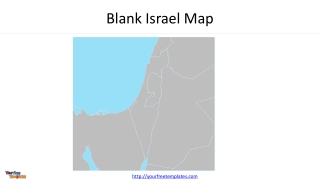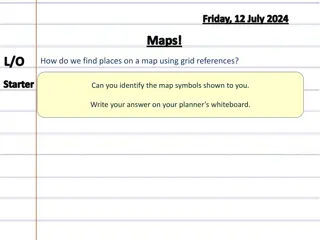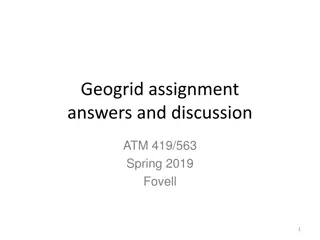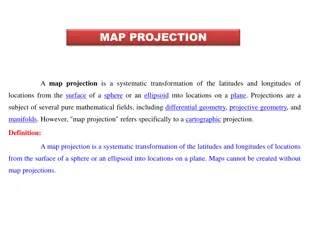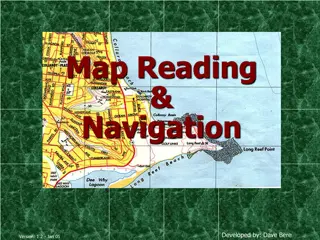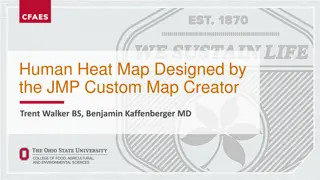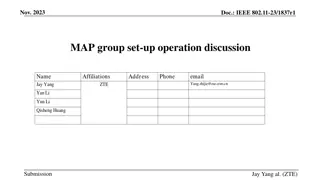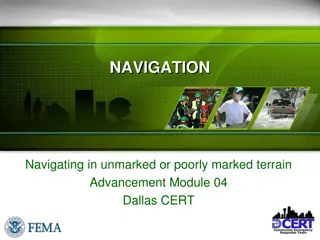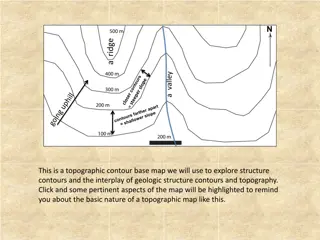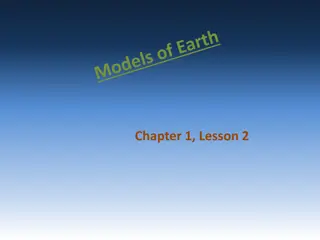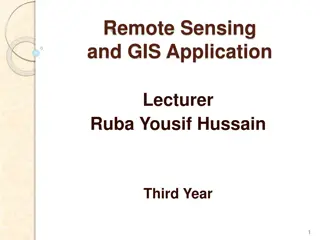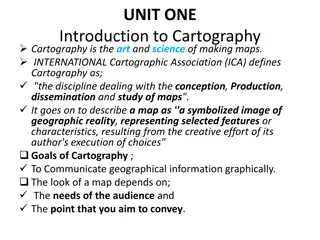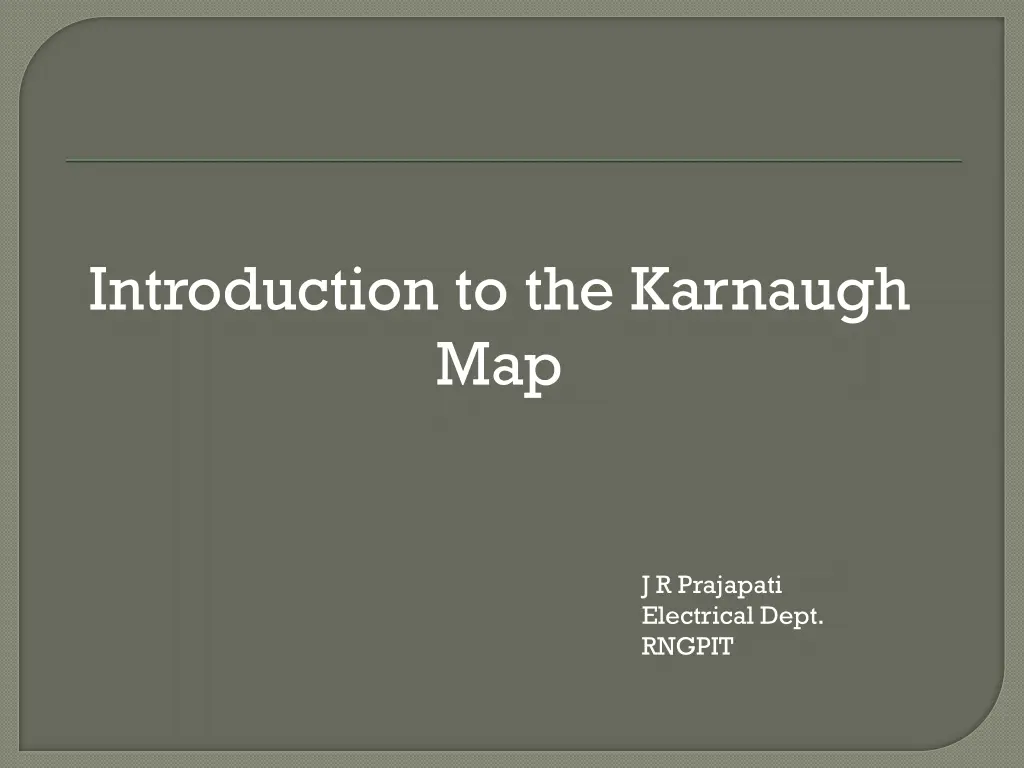
Understanding Karnaugh Maps for Boolean Expression Simplification
Learn about Karnaugh Maps, a graphical technique for Boolean expression simplification. Explore how to interpret K-maps, plot minterms, and read 4-variable K-maps in this comprehensive guide.
Download Presentation

Please find below an Image/Link to download the presentation.
The content on the website is provided AS IS for your information and personal use only. It may not be sold, licensed, or shared on other websites without obtaining consent from the author. If you encounter any issues during the download, it is possible that the publisher has removed the file from their server.
You are allowed to download the files provided on this website for personal or commercial use, subject to the condition that they are used lawfully. All files are the property of their respective owners.
The content on the website is provided AS IS for your information and personal use only. It may not be sold, licensed, or shared on other websites without obtaining consent from the author.
E N D
Presentation Transcript
Introduction to the Karnaugh Map J R Prajapati Electrical Dept. RNGPIT
Karnaugh Maps The Karnaugh map, or K-map, is a graphical technique for the representation and simplification of a Boolean expression. The K-map is a two-dimensional form of the truth table, drawn in such a way that the simplification of a Boolean expression can be seen from the location of 1s on the map. A system with n variables has 2n lines in its truth table and 2n squares on its K-map. Each square on the K-map is associated with a line (i.e., minterm) in the truth table. Figure 1 shows a K-map for three variables. The key to the Karnaugh map is the layout of the squares. Horizontally and vertically adjacent squares differ by only one variable. For example, in Figure 1 the leftmost two terms on the top line are A B C and A B C. The only difference between these terms is B and B.
Figure 2 shows a K-map for four Variables where all the 16 minterms of a truth table appear. It is easy to read a K-map. In Figure 2, the square with ABCD in it represents the minterm ABCD and falls in the AB column 01 and the CD row 11. Figure 2 K-map for four variables
Figure 3 shows how a K-map can be interpreted in terms of the regions over which a variable is true or false. Here, the region on dark blue shows the region for which A, B, C, and D are true, respectively. The region in light blue corresponds to the region where a variable is false. Figure 3 The regions of a K-map
Figure 4 shows how we read a 4-variable K-map. On the right-hand side we have a K-map with four minterms. These correspond to ABCD, ABCD, ABCD, and ABCD. Figure 4 Reading a K-map
A three-variable K-map has four vertical columns, one for each of the four possible values of two out of the three variables. The leftmost column is labeled 00 and represents the region for which A = 0, B = 0. The next column is labeled 01, and represents the region for which A = 0, B = 1. The next column is labeled 11 and represents the region for which A = 1, B = 1. The fourth column, 10, represents the region for which A = 1, B = 0. Figure 5 Plotting minterms on a K-map
The three-variable K-map below has two horizontal rows, the upper row corresponding to C = 0 and the lower to C = 1. Any square on this K-map represents a unique combination of the three variables in true or complemented form. The figure demonstrates how F = A B C + A B C +A B C is plotted. A square containing a logical 1 is said to be covered by a 1. No two 1s plotted on the K-map are adjacent to each other, and that the function F = A B C + A B C + A B C cannot be simplified. Squares that do not contain a 1 are left unmarked even though they must contain a 0. . Figure 5 Plotting minterms on a K-map
In the K-map for F1 two adjacent squares are covered. Now look at the map for F2 = A B. A group of two squares is covered, corresponding to the column A = 1, B = 1. F2 does not involve C, and a 1 is entered in the squares for which A = B = 1 and C = 0, and A = B = 1 and C = 1; i.e., a 1 is entered for all values of C for which AB = 11. When plotting a product term like A B, you locate the region for which AB = 11. The two K-maps are identical, so that F1 = F2 and A B C + A B C = A B. Using Boolean algebra, A B C + A B C = A B (C + C) = A B(1) = A B. Two adjacent squares in a K-map can be grouped together to form a single simpler term. Figure 6 Plotting two Boolean expressions on a K-map

